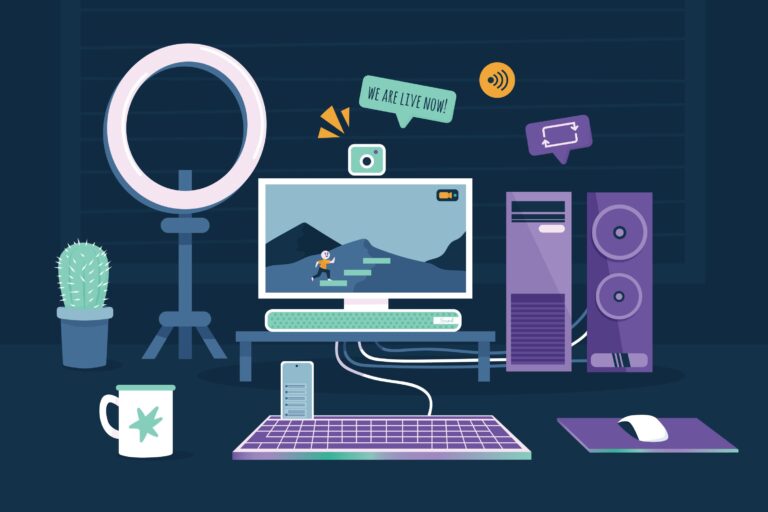
Digital Video and Audio Editing: Elevate Your Content to the Next Level
In today’s digital world, video and audio editing are essential skills for content creators, marketers, filmmakers, and anyone looking to produce professional-quality media. With the rise of platforms like YouTube, TikTok, and podcasts, mastering digital video and audio editing has never been more crucial. This article explores how effective editing can elevate your content and tips on using editing tools to enhance your work.
Why Editing Matters
The raw footage and audio you capture are just the beginning. The editing process is where the magic happens. Through editing, you can improve the pacing, highlight key moments, enhance audio clarity, and shape the overall narrative. Effective editing can turn a mediocre video into a compelling and polished piece that resonates with your audience.
- Storytelling: Whether you’re creating a short film, tutorial, or social media post, the way your content is structured can make or break its impact. Editing allows you to organize your material into a coherent story, ensuring that each scene or segment serves a purpose.
- Visual Appeal: You can improve the look of your content by adjusting color, brightness, and contrast and removing unwanted elements. Adding visual effects (VFX) and transitions can give your project a polished, professional feel.
Key Techniques for Video Editing
- Cutting and Trimming: The most fundamental editing technique is cutting—removing unwanted scenes or segments. Trimming clips helps to refine your story and improve pacing.
- Color Grading: Color grading can drastically enhance the mood of your video. By adjusting the color temperature, contrast, and saturation, you can evoke specific emotions, whether it’s a cool, cinematic look or a warm, vibrant feel.
- Transitions and Effects: Smooth transitions between scenes, such as fades, wipes, or dissolves, can make the video flow more naturally. However, it’s essential to use effects sparingly so they don’t overwhelm the viewer.
Audio Editing for Perfect Sound
Audio is just as important as visuals, and poor sound quality can detract from even the best footage. Clear, balanced audio makes content more enjoyable and professional.
- Noise Reduction: Background noise is a common issue in recordings. Using software to reduce or eliminate unwanted noise will make the audio much cleaner and more pleasant to listen to.
- Equalization (EQ): EQ allows you to adjust frequencies to enhance certain elements, like vocals or background music, and remove muddiness in the audio.
- Syncing and Layering: Syncing audio with video is crucial, especially for dialogue-heavy content. Layering additional audio tracks like sound effects or music can help set the tone and add depth to your project.
Conclusion
Digital video and audio editing are essential skills that can take your content from basic to exceptional. By mastering the right techniques—like cutting, color grading, audio balancing, and using effects—you can elevate the quality of your projects and captivate your audience. With the right tools and creative approach, editing allows you to transform raw footage into compelling, professional-quality content. Whether you’re a beginner or seasoned editor, continuous practice and learning will help you sharpen your skills and keep your content fresh and impactful.
